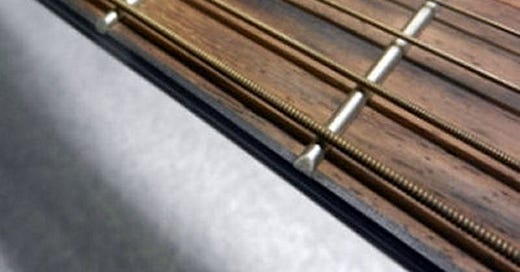Recognizing Major 7, dominant 7 and minor 7 chords.
There are three types of commonly used "7th" chords in music:
Major 7ths sound like "Jazz" chords.
Dominant 7ths sound like "Blues" chords
Minor 7ths sound like a combination of both Jazz and Blues chords.
The structures of each of these chords are based on both the major and minor triads covered in the pre…
Keep reading with a 7-day free trial
Subscribe to SoundHole Guitar Lessons to keep reading this post and get 7 days of free access to the full post archives.





